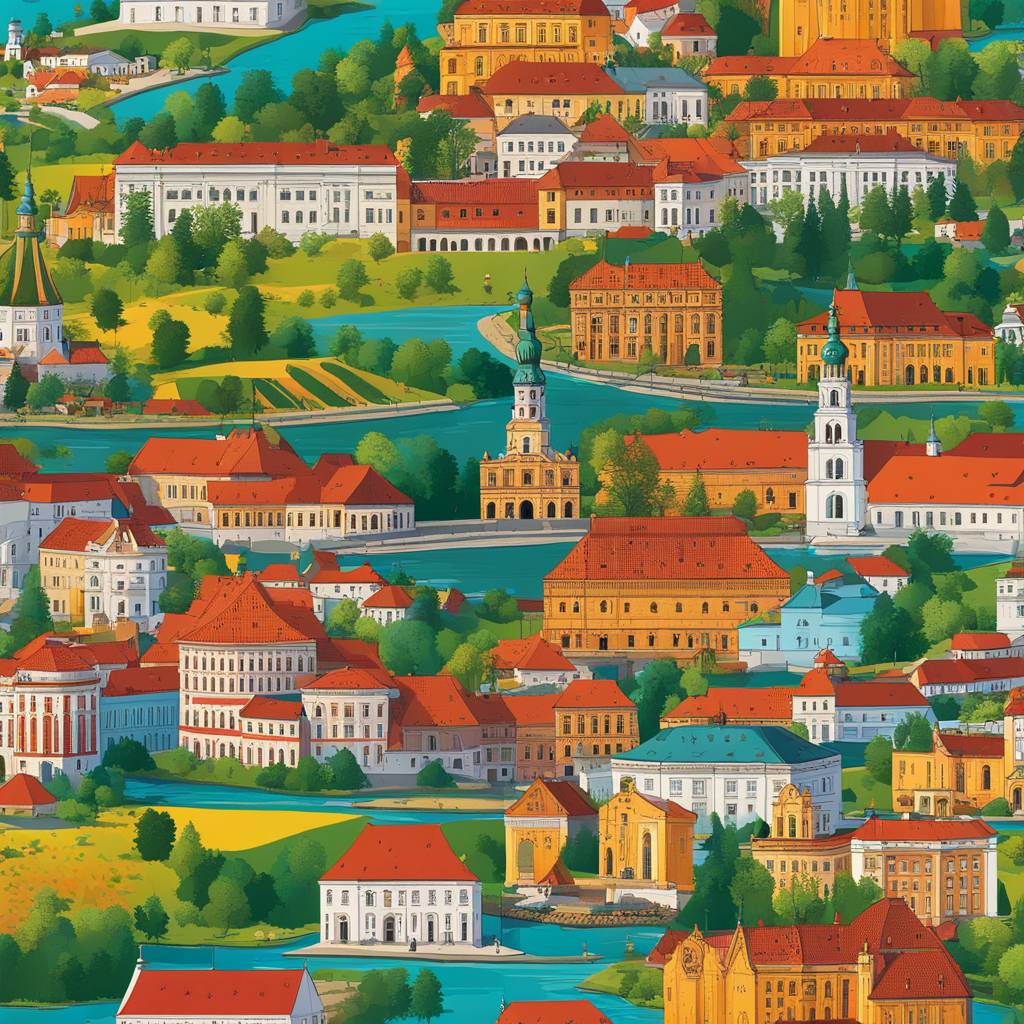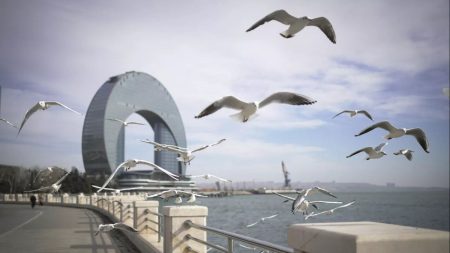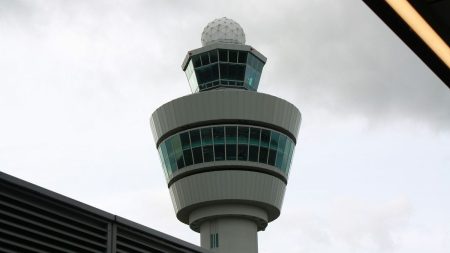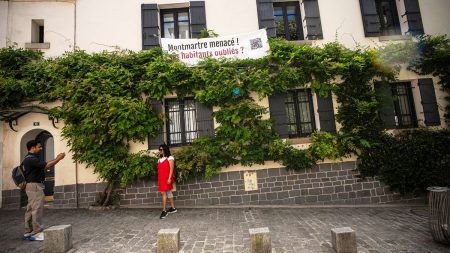Lithuania is poised to become a more accessible destination for travellers, with efforts underway to establish better flight connections to major European cities. The country already has good links to the rest of Europe through its three main airports in Vilnius, Kaunas, and Palanga, but plans are in motion to add new routes such as a Hamburg to Vilnius link and possibly a Tel Aviv connection. The Rail Baltica project is also set to improve rail links between Lithuania, Latvia, and Estonia with Warsaw and other European cities by 2029. These improvements aim to make Lithuania more visible and better connected with the rest of Europe.
The mild climate in Lithuania makes it an attractive destination for summer holidays, with temperatures averaging in the mid-20 degrees Celsius. This makes it an ideal time to explore the country’s diverse landscapes, including lush forests, lakes, and five national parks. Adventure enthusiasts can partake in activities such as hiking, mountain biking, kite surfing, and canoeing. Popular spots include Zemaitija National Park, known for its wetlands, forests, and cultural heritage, and the Curonian Spit, a vast sand dune on the Baltic coast. Summer is the perfect time for outdoor activities like kayaking on lakes or taking a hot air balloon ride to enjoy the scenic views.
Lithuania’s historic sites are not to be missed, with UNESCO World Heritage Sites such as Vilnius Old Town, Kernavė Archaeological Site, Curonian Spit, and parts of the Struve Geodetic Arc showcasing the country’s rich history and cultural significance. Vilnius Old Town, with its medieval architecture and diverse architectural styles, provides a picturesque backdrop for exploring the city. Other must-see sites include Trakai Castle, located on an island in the middle of Lake Galvė, offering a stunning setting reminiscent of fairy tale castles. Visitors can immerse themselves in Lithuania’s heritage and learn about the country’s ancient settlements and archaeological sites.
In addition to its natural beauty and historic landmarks, Lithuania offers diverse accommodation options ranging from glamping sites to luxurious spa hotels. Travellers can immerse themselves in the country’s unique cultural quirks by visiting museums dedicated to everything from devils, basketball, cats, to clocks. The upcoming plans for 2024 aim to showcase Lithuania’s outdoor experiences, rich history, and unique attractions to the world. With a focus on highlighting the country’s offerings, Lithuania hopes to attract more tourists and establish itself as a must-visit destination in Europe.
Lithuania’s four distinct seasons provide a variety of activities for visitors throughout the year. Autumn’s vibrant foliage and winter’s snowy landscapes offer opportunities for hiking, ice skating on frozen lakes, skiing, and festive celebrations. Christmas markets pop up across the country, allowing visitors to experience Lithuanian traditions firsthand, such as the preparation of 12 dishes on Christmas Eve. Traditional dishes featuring fish, vegetables, and pastries like kūčiukai give visitors a taste of Lithuanian cuisine and culture. Whether exploring historic sites in the summer or enjoying winter activities, Lithuania offers a unique and memorable travel experience for all seasons.
Overall, Lithuania’s efforts to enhance its transportation connections, promote its natural beauty, highlight its historic sites, and showcase its cultural quirks make it an appealing destination for travellers. With plans in place to improve flight routes, railway connections, and tourist experiences, Lithuania is positioning itself as a top holiday destination in Europe. Whether seeking outdoor adventures, cultural exploration, or relaxation, Lithuania offers something for every type of traveller. From UNESCO-listed sites to unique accommodation options, Lithuania is a country worth adding to your holiday hit list.









